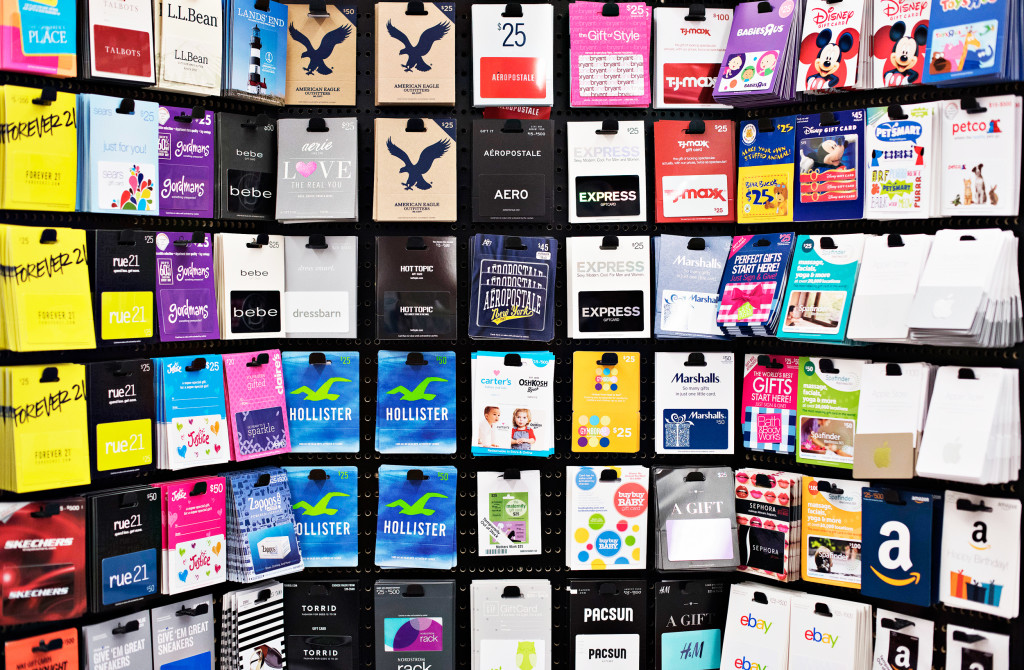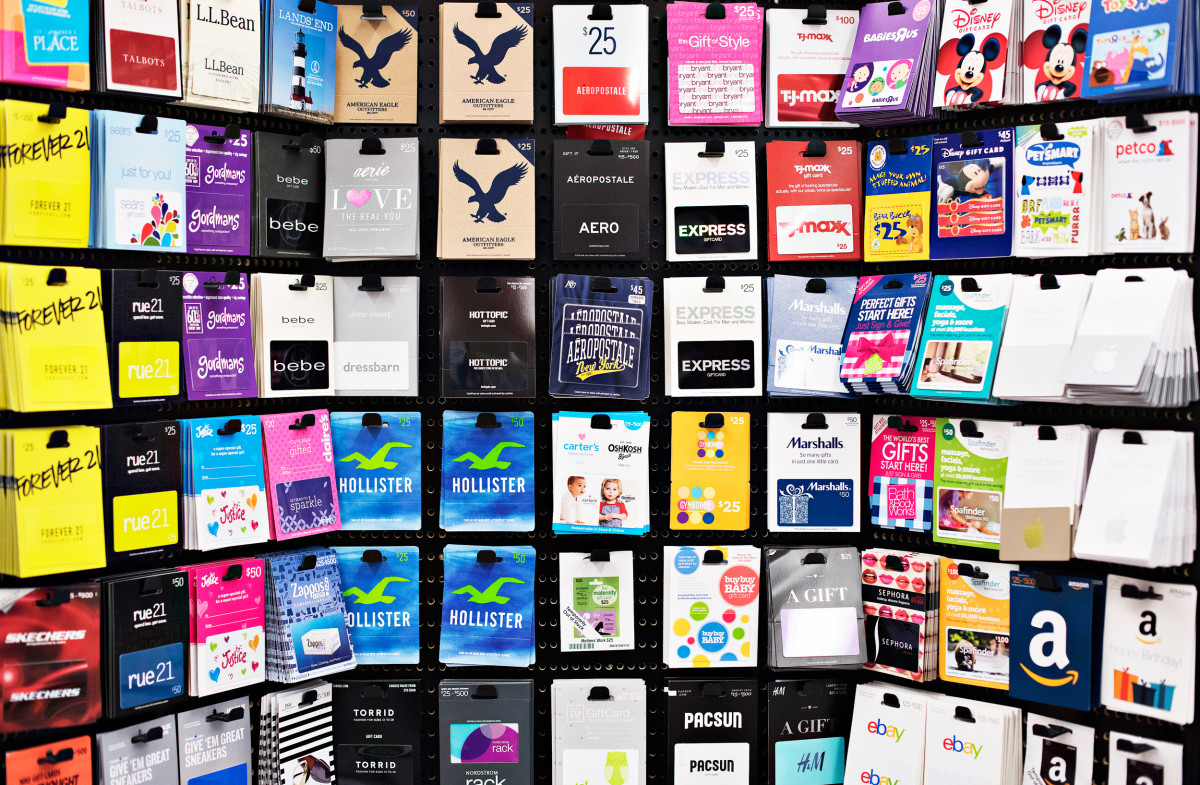GIFT CARD RECIPIENTS PLAN TO USE THEM AT BRICK-AND-MORTAR STORES


When it comes to the type of gift cards received, consumers favor opportunities that will provide them with an experience rather than a tangible product, with 26 percent of those cards going towards discount stores and 14 percent going towards traditional department stores.
While little difference was observed between the number of males and females who received gift cards (65 percent of males vs. 67 percent of females), there is a substantial gender gap when it comes to the dollar amount received with adult males receiving an average amount of $96.60 vs. $74.40 for adult females.
Conversely, 78 percent of all millennials received at least one card, compared to 65 percent of Gen-Xers and 59 percent of baby boomers. The survey also found that millennials are the most likely to purchase additional items when redeeming gift cards (64 percent). This includes spending on additional items in the same store where they redeem their gift card or pick up an online purchase in store, and even making purchases at stores they did not have gift cards to redeem.
“It’s interesting to see that consumers across generations still value the gift card and are eager to use it towards experiences offered at shopping centers,” said Tom McGee, president and CEO of ICSC. “Gift cards provide consumers with a practical and convenient way to shop across multiple retail channels. They afford recipients flexibility to spend money wherever, whenever they want – which has become increasingly important in today’s age of convergence between the digital and physical worlds.”








